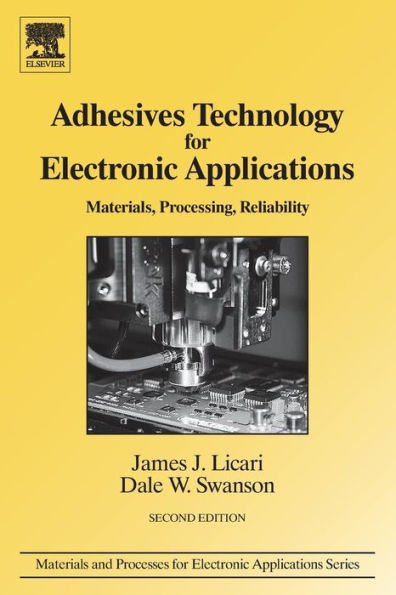5
1
9780128103708



Adhesives Technology for Electronic Applications: Materials, Processing, Reliability / Edition 2 available in Paperback, eBook

Adhesives Technology for Electronic Applications: Materials, Processing, Reliability / Edition 2
- ISBN-10:
- 0128103701
- ISBN-13:
- 9780128103708
- Pub. Date:
- 08/19/2016
- Publisher:
- Elsevier Science
- ISBN-10:
- 0128103701
- ISBN-13:
- 9780128103708
- Pub. Date:
- 08/19/2016
- Publisher:
- Elsevier Science

Adhesives Technology for Electronic Applications: Materials, Processing, Reliability / Edition 2
$199.0
Current price is , Original price is $199.0. You
199.0
In Stock

Product Details
| ISBN-13: | 9780128103708 |
|---|---|
| Publisher: | Elsevier Science |
| Publication date: | 08/19/2016 |
| Series: | Materials and Processes for Electronic Applications |
| Edition description: | 2nd ed. |
| Pages: | 512 |
| Product dimensions: | 6.00(w) x 9.00(h) x (d) |
About the Author
What People are Saying About This
From the B&N Reads Blog
